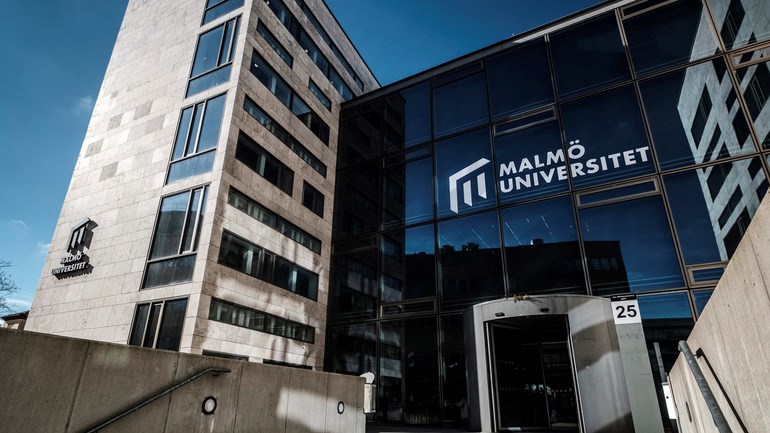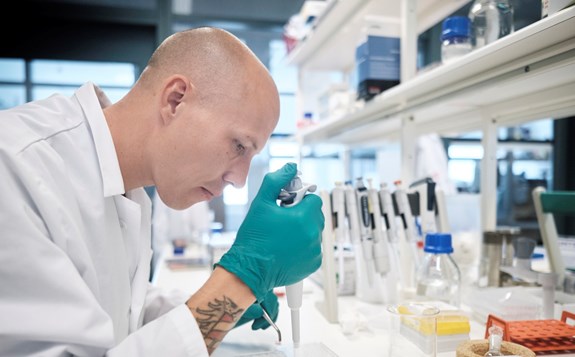FACULTY OF HEALTH AND SOCIETY | Dissertation defence
Dissertation defence – Vladislav Genevskiy
Friday 12 September, 13:00 - 17:00
Auditorium AS:E002, Jan Waldenströms gata 25

The dissertation defense has been completed, and the examination committee has approved Vladislav Genevskiy’s doctoral thesis.
Title
Nanoimprint Lithography-Based Bioelectronics
Opponent
Dr. Paulo Freitas, Instituto Superior Técnico, University of Lisbon
Examination committee
- Prof. Ulla Wollenberger, Potsdam University
- Prof. Erik Andrew Johannessen, University of South-Eastern Norway
- Assoc. Prof. Ivan Maximov, Lund University
Deputy
Prof. Lo Gorton, Lund University
Chairman of the dissertation
Professor Anders Kottorp, Dean at the Faculty of Health and Society
Head supervisor
Professor Sergey Shleev, Malmö University
Supervisor
Kristian Thulin, Obducat Technology AB
Practicalities
The dissertation defence will be held in English.
The defence is open to all and will also be livestreamed on this site.
Abstract
Nanoimprint Lithography-Based Bioelectronics
This thesis examines the versatility of nanoimprint lithography (NIL) for bioelectronic devices, highlighting its capability to fabricate finely tuned surface features on flexible substrates with high resolution and scalability. Two main application areas are addressed: sustainable energy harvesting and biomedical engineering.
In the first part, NIL-patterned gold electrodes were used to integrate biological photosynthetic elements, such as thylakoid membranes and chloroplasts, for light-to-electricity conversion. Microwell surface modifications enhanced biocatalyst loading and electron transfer, while capacitive layers enabled simultaneous energy storage and delivery. The assembled photobioanodes, tested under ambient and artificial light, showed improved photocurrent and charge retention. Integration with enzyme-based biocathodes yielded stable, dual-function biosupercapacitors.
The second part focuses on infection control in urinary catheters. NIL was used to create bactericidal nanopatterns inspired by insect wings, physically disrupting bacterial membranes and reducing E. coli viability without antibiotics. A novel NIL method enabled the fabrication of patterned catheter inserts. Additionally, a wireless sensing system with embedded electrodes monitored the open circuit potential (OCP) as an indicator of bacterial adhesion, validated in urine, flow setups, and ex vivo wound models. Overall, this work highlights NIL’s potential for developing multifunctional, miniaturized, and flexible bio-devices for real-world biomedical and energy applications.
Dissertation defence – Vladislav Genevskiy
https://play.mau.se/id/0_9jimqgq0?width=608&height=402&playerId=23452644?enablejsapi=1

